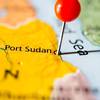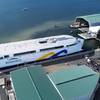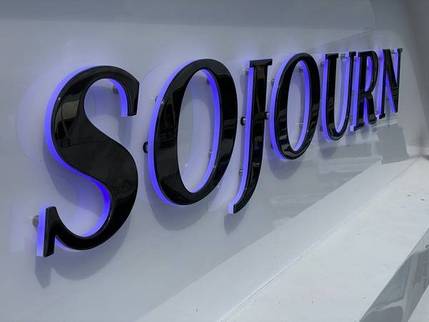General Dynamics Awarded $208m for 2nd LCS
The General Dynamics Littoral Combat Ship will have one of the largest usable payload volumes per ton of ship displacement of any U.S. Navy surface combatant afloat today -- providing the flexibility to carry out one mission while a separate mission module is in reserve. The General Dynamics LCS's large flight deck sits higher above the water than any U.S. Navy surface combatant and will support near-simultaneous operation of two SH-60 helicopters or multiple unmanned vehicles. The ultra-stable trimaran hull allows for flight operations in high sea conditions. In addition, the deck is suitable for landing the much-larger H-53 helicopters, should that become a future requirement. The General Dynamics Littoral Combat Ship design is based on a proven Austal (Henderson, Australia) high-speed trimaran hull that is currently operating at sea. The first trimaran LCS, Independence (LCS 2), is under construction at Austal USA in Mobile, Alabama.
The General Dynamics Littoral Combat Ship's open architecture computing environment -- another key factor in meeting the U.S. Navy's requirements for a flexible, multimission ship -- enables industry's most capable, affordable, non-proprietary solutions to be incorporated into the ship's core mission system. This computing environment, developed by the General Dynamics Advanced Information Systems team, provides a highly flexible information technology backbone that allows "plug and play" integration of both the core systems and the LCS mission modules. It meets Navy open architecture requirements, strictly adheres to published industry standards and facilitates the integration of commercially available products. It allows for future growth and seamlessly integrates domestic and foreign combat components to create a core mission system solution that dramatically lowers acquisition and lifecycle costs.










